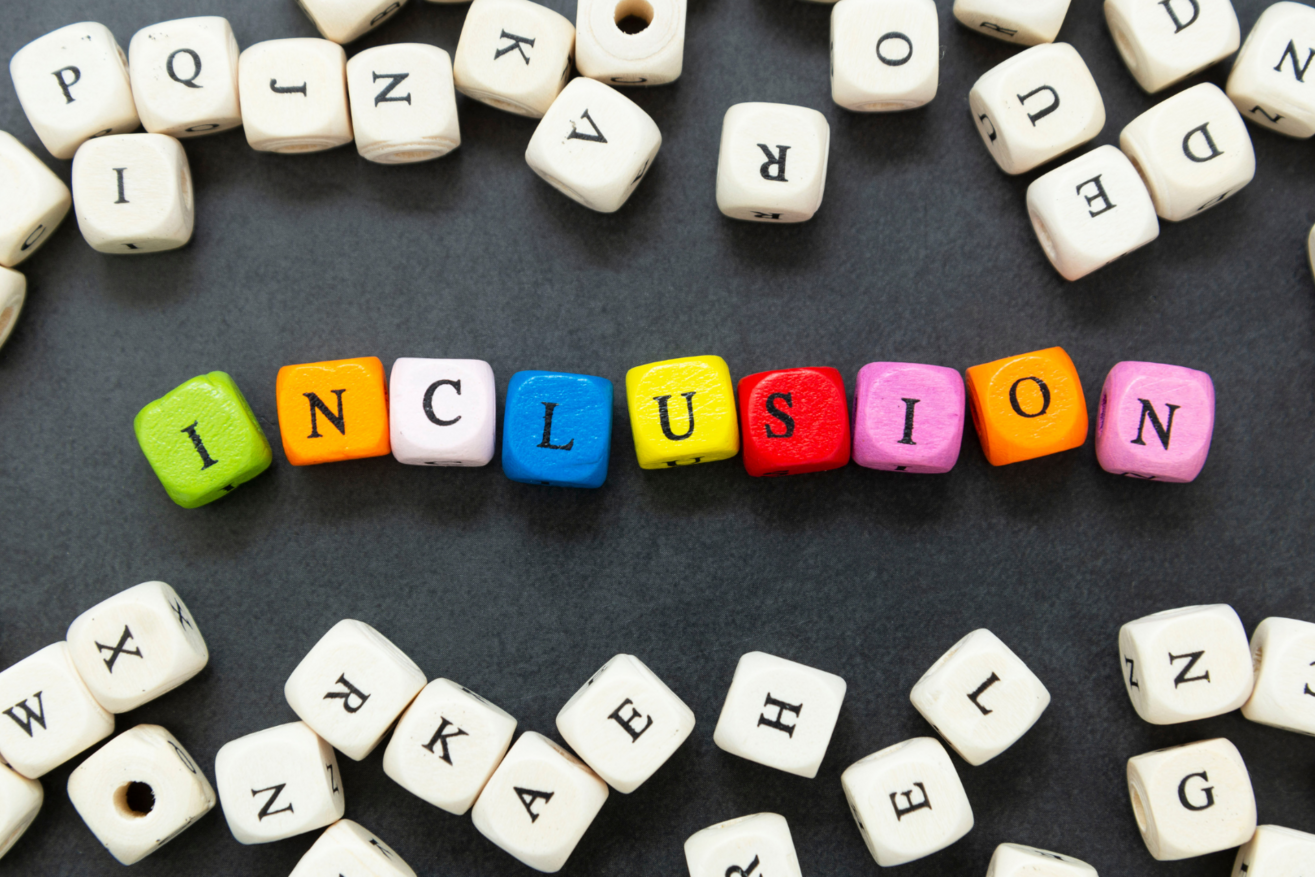Inclusive leadership in action: walking the talk

Sue Johnson, Managing Partner of Odgers’ Inclusion & Diversity Consulting Practice, offers some insight into what leaders can do to ensure their organisation is inclusive for all.
Diversity is uniqueness, what makes us different. Increasingly, however, organisations are focusing on inclusion, the sweet spot that can be defined as ‘belongingness’.
Getting it right enables individuals to bring their whole selves to work, and organisations benefit from their people feeling comfortable as a result. Key to making that happen is equity, something that runs deeper and is more nuanced than equality.
Let me explain the distinction by way of a simple example. If equality is giving everybody a pair of shoes, then equity is giving everybody a pair of shoes that fits. In a business setting this could translate into offering sponsorship or mentorship programmes to groups of people who haven’t had access to the same opportunities as others.
This matters because I&D has repeatedly been shown to deliver enormous advantages, from greater productivity and employee engagement, to enhanced creativity and innovation, deeper customer insight, safer working practices and attracting top talent. All of which have a bearing on business performance.
Yet to make this happen, leaders must walk the talk. Research has found that 70% of the difference regarding how included individuals feel is based on what leaders say and do. Any way you look at it, that’s a huge chunk.
I have four favourite inclusive behaviours, the first of which is to ‘take ownership’. Leaders must make Inclusion a personal mission, something that lives and breathes in their organisation rather than sits on a neglected piece of paper in a drawer or is confined to HR. As for the other three, I won’t let the cat out of the bag here but would be delighted to talk you through them if you contact me directly. Suffice to say, as a leader you are a role model and everyone watches your behaviour for cues.
The best way to set the tone is to outline some guiding principles for working in your organisation. I refer to these as ‘keystones of behaviour’ and they work best when expressed as specific examples of how to behave because this makes Inclusion more tangible for colleagues.
Upskilling leaders for success in this area cannot be a ‘one and done’ exercise. At Odgers I&D Consulting we have a raft of stratagems for making training stick to ensure it delivers lasting impact. All organisations, no matter how forward thinking and well intentioned, have barriers to overcome and Inclusion may be stress tested for a number of reasons, whether that be tiredness, unconscious bias or it not being perceived as a valued skill or competence. Preserving and enhancing I&D calls for clear commitments and making sure everyone is responsible for it – although leaders must show the way by making it a visible business priority.
At Odgers, I’m glad to say we practise what we preach via our own I&D roadmap. While for clients, our offering spans bespoke consulting and I&D strategy development, analytics and training. We thrive on helping others walk the talk.
- This piece is a condensed version of Sue’s recent webinar on inclusion leadership, hosted by Adam Gates, Partner in Odgers Connect, Richard Plaistowe, Principal, Financial Services and Becky Mackarel, Principal, Financial and Professional Services, Odgers Interim. Register for our Diversity Dilemmas newsletter and contact Sue to discuss your I&D needs.






Comments
Charles McKay at 14/12/2022 16:19 said:
Add your comment